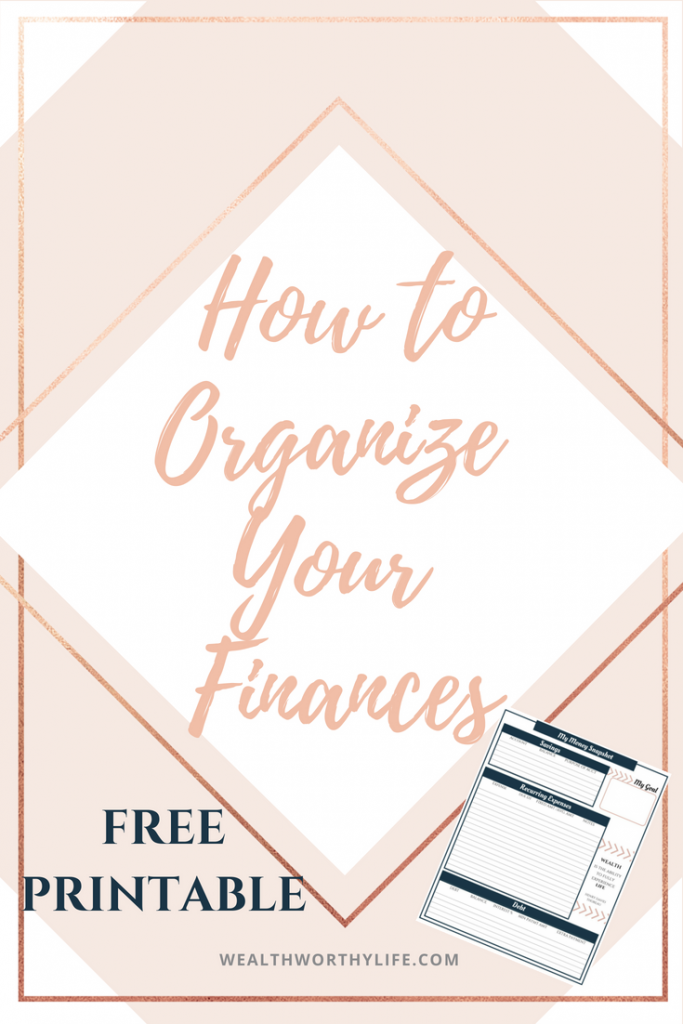It seems so long ago now but I still remember the feeling of being burdened by the mortgage payment that had to get withdrawn out of our checking account every month.
I felt like my husband and I worked so hard to earn that money and then a big chunk of it would be taken away. Poof!…just like that.
Now even though we purchased our home at the time of lowest interest rates when I did an analysis and added up all the interest for the whole term of the loan it totaled to almost another house. Yikes!
We wanted nothing more than to get our mortgage paid off so we had to make a plan and just kept at it until finally it was all paid off. It felt like a big weight got lifted off our shoulders. We were so determined that we actually paid it off sooner than we had anticipated.

The Struggle
The mortgage was our only debt at the time so I can’t image others struggling to juggle multiple debts and the emotional stress that comes with it. Maybe you’ve just graduated from college or grad school and ready to start your professional career so what do you do? You purchase a brand new car, because c’mon you’ve earned it and deserve a reward for making it through those four or five years of arduous studying.
Next, you get a fancy new apartment, one that is downtown that’s close to all the excitement. You have to look good and want to make a good first impression at your new job so you end up getting yourself a new wardrobe and accessories and charging it all on your credit card.
Before you know it, you’ve just racked up some serious debt on top of your student loans. Now how to pay it all off? It may seem like a daunting task but it can be done.
Below are a few strategies you can use so that you are paying off your debt in no time!
- 1Debt Avalanche
- 2Debt Snowball
- 3Emotional Burden
Credit Card- Balance $1,000 Rate 13% Minimum Payment $20
Auto Loan- Balance $14,200, Rate 3.89%, Minimum Payment $600
Student Loan- Balance $30,000, Rate 4.00%, Minimum Payment $50
Debt Avalanche
Why use this Strategy?
Mathematically, this makes the most sense as a way to pay off your debt more quickly because we are focusing on paying off the debt with the highest interest rate. This strategy may work for someone who is analytical and doesn’t mind having a quick win because with this strategy it may take time to zero out a debt.
How to Implement
List out all your debts and put them in order from highest interest to lowest interest rate.
Make sure to pay to pay off the minimums and anything extra will go towards the higher interest rate debt. Once that debt is done with continue to the next highest debt and so on. In our scenario the extra payment will go towards the credit first since it has the highest interest and student loans and then auto loan.
Debt Snowball
This strategy is best known from financial guru Dave Ramsey.
Why use this Strategy?
This is beneficial if you need a quick win. You feel like you’re paying off your debt much faster therefore getting you to feel more motivated to keep going.
How to Implement
With this strategy you would pay the minimum on all your debts and put extra money towards the smallest balance first.
With the Snowball method after paying all the minimums you'd put the extra money towards your credit card since it has the smallest balance. You will then work on the auto loan and then student loan.
The Emotional Burden
Let’s say you have a student loan that you just want to get rid of because it was so costly and took so many years to get. You just want that loan out of your life!
Why use this Strategy?
In this case every time you pay toward it you just get reminded how expensive your college education was and that just makes you feel mad. You just want the debt to go away. This strategy gets you motivated to pay off your debt just because of the emotional stress it causes you by keeping it around. You'll get most satisfaction once this debt is payed off.
How to Implement
In this case you’d pay the minimums on all your debts but put all the extra money towards that emotional burden debt, which in this scenario is towards the student loan. Pretty simple, right?
TIP
You may be wondering, where can I find the extra money to go towards the debt? The first place to start is to evaluate your budget. Don’t have a budget? Get started by getting organized with my financial snap shot worksheet.
A Final Note
Early this year there was an analysis done by CreditCards.com that showed the top cities with the highest average credit card debt. I was surprised that in the top 5 were Dallas-Fort Worth, Houston, and San Antonio. This stat really confirmed my mission that people out there, especially my community in Houston, need my help.
To find out if your city made the list you can check it out here.




